The Osprey: Oregon’s North Umpqua River
Oregon’s North Umpqua River: Can its potential be reached? By Joe Ferguson, pp 1 & 4-6, Issue No. 72, May 2012. A settlement agreement regarding relicensing Soda Springs Dam leads to fish passage and mitigation funds—the latter of which is being used questionably by the Umpqua National Forest. ODFW’s Coastal Native Fish Conservation Plan is also under review and deserves attention from those concerned about the future of the North Umpqua. Keywords: Eric Knudsen, PacificCorp
Editor’s Message: An Honor for The Osprey, its Supporters and Contributors, by Jim Yuskavitch, pg 2, Issue No. 72, May 2012. The Osprey and its supporters are honored with the Washington/British Columbia American Fisheries Society Haig-Brown Award for journalism.
Chair’s Corner: An Angler’s Ethic for the 21st Century, by Will Atlas, pp 3 & 19, Issue No. 72, May 2012. As angling opportunity diminishes with closed rivers, shortened seasons and smaller runs anglers must consider increasing restrictions on fishing from boats and limiting the number of fish caught and released.
Sol Duc Steelhead and the Challenge of Washington’s ‘State Fish’, by James Scott, Michael Gross, Ron Warren, Heather Bartlett, pp 7-9, Issue No. 72, May 2012. The WDFW reviews it decision to establish a Wild Steelhead Gene Bank on the Sol Duc and move the wild steelhead broodstock hatchery to a nearby river. Keywords: Statewide Steelhead Management Plan, HSRG
Recovering Ventura River Steelhead, by Paul Jenkin, pp 10-12, Issue No. 72, May 2012. Local conservation groups are working to remove the Matilija Dam and open up access to upstream habitat for steelhead. While conflicts remain over dam removal, hopes are buoyed by local land preservation and restoration projects led by the surrounding communities. Keywords: Water Resources and Development Act, Lake Casitas, Pacific Coastal Salmon Recovery Fund, Robles
Ksenya S. Savvaitova: A Tribute, By Pete Soverel, pp 13 & 19, Issue No. 72, May 2012. Savvaitova, a pioneering and highly published salmonid biologist, is credited for her great contribution to conservation in Kamchatka.
River at a Crossroads: Progress towards Klamath dam removal, by Curtis Knight and Brian Johnson, pp 14-15, Issue No. 72, May 2012. With two agreements in hand, commercial fishermen, native Americans, irrigators, PacifiCorp and other interests have paved the way toward dam removal and opening up over 400 miles of salmon habitat. The major obstacle ahead is congressional approval. Keywords: Klamath Basin Restoration Agreement, Klamath Hydroelectric Settlement Agreement
Six Common Myths about Klamath Dam Removal, by Curtis Knight and Brian Johnson, pg 16, Issue No. 72, May 2012. The authors dispel myths about “clean energy”, irrigation, toxic sediment and supposedly introduced coho.
Searsville Dam Update: A year of progress, by Matt Stoecker, pg 18, Issue No. 72, May 2012. With growing support for dam removal federal agencies have improved their environmental impact statement for Stanford’s upcoming Habitat Conservation Plan. Stanford has formed an internal committee to address Searsville Dam.

